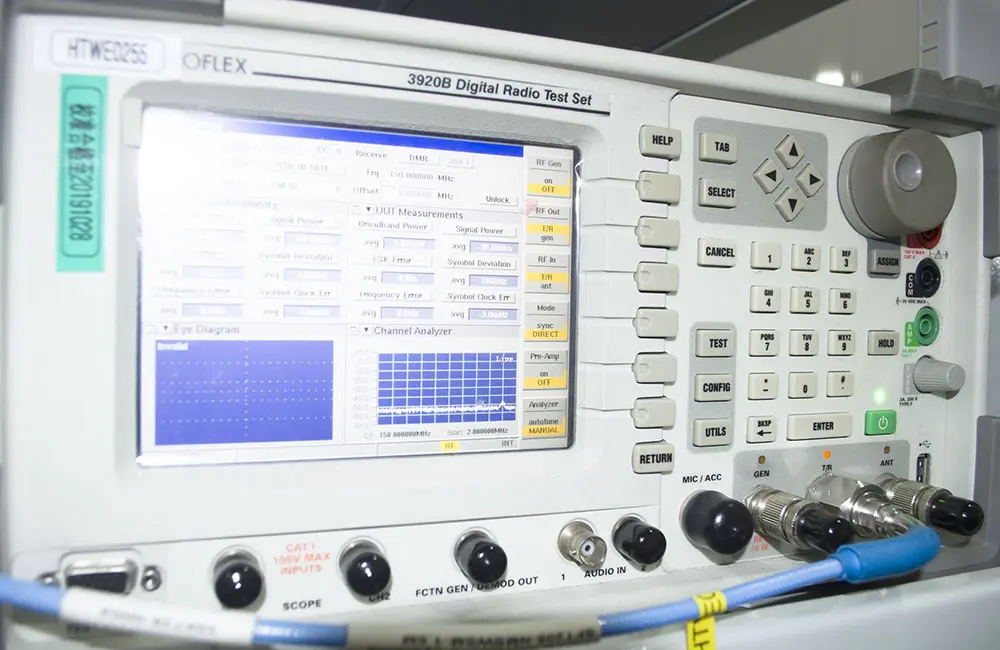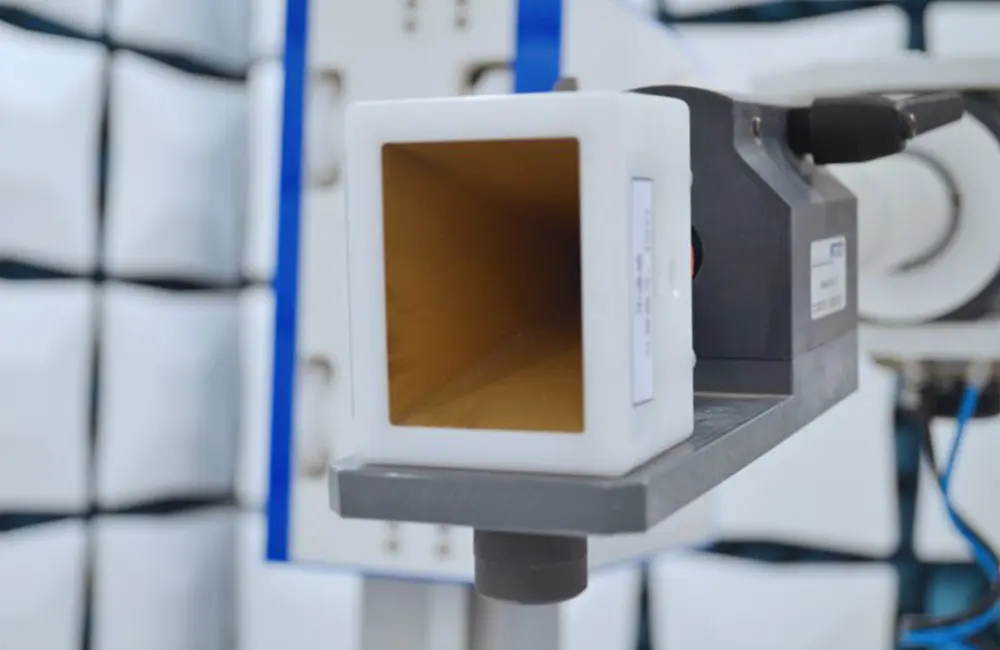
CE Certification Testing for LED Smart Displays
Introduction:
LED displays are gaining increasing popularity in the market due to their vibrant colors and clear images. This display technology is not only widely used in professional indoor settings but is also gradually expanding into homes and common indoor environments, becoming the preferred display device for many users. With the proliferation of LED displays, their impact on health and safety has garnered significant attention.
Importance of EMC Design and Certification:
In this context, the importance of Electromagnetic Compatibility (EMC) design and certification standards is becoming increasingly prominent. EMC design focuses on how electronic devices can minimize interference with other electronic devices when emitting and receiving electromagnetic waves, and how to improve their own anti-interference capability. This is crucial for ensuring the normal operation of electronic devices and the health and safety of users.
As LED displays spread from professional fields to the general market, it is particularly important to ensure these devices comply with stringent emc certification standards. This not only protects consumers from potential electromagnetic interference but also ensures the quality and performance of LED displays. Therefore, LED display manufacturers and suppliers face an urgent need to ensure their products can pass EMC certification to meet market concerns and requirements for health and safety.
CE certification:
CE certification is known as the "passport" for exporting to the European Union. It mainly consists of EMC (Electromagnetic Compatibility) and LVD (low voltage directive). Among them, EMC includes EMI (Interference) and EMC (Anti-Interference), while LVD refers to SAFETY in common terms. For exporting LED displays to the EU, CE certification must be conducted according to the standards for audio, video, information, and communication technology equipment. The general testing standards are as follows:
- LVD Standards: EN 62368-1—The European safety standard certification for IT and peripheral products.
- EMC Standards: en 55032 / EN 55035—Applicable to multimedia equipment with rated AC or DC voltage not exceeding 600V. Multimedia equipment includes information technology equipment, audio equipment, video equipment, broadcast receiving equipment, entertainment lighting control equipment, or a combination of these devices.
- en 61000-3-2 / EN 61000-3-3—Compatibility testing for current harmonic standards.
- Photobiological Safety Standards: EN 62471—Aims to assess the hazards of optical radiation associated with different lamps and lamp systems.
CE Certification lvd testing Items for LED Displays:
- a. Fault (Test)
- b. Impact
- c. Vibration
- d. Shock
- e. Electrical clearance
- f. Creepage distance
- g. Electric shock
- h. Heating
- i. Overload
- j. Temperature rise test, etc.
CE Certification emc testing Items for LED Displays:
- a. Radiation
- b. Conduction
- c. Static electricity
- d. Conducted anti-interference
- e. Radiated anti-interference
- f. Pulse, etc.
ce certification process for LED Displays:
1. Provide product and applicant information.
2. Based on the provided information, quote the corresponding testing standards, testing period, and testing fees.
3. Applicant confirms the quote and arranges payment.
4. Submit the application form, technical documentation, and testing samples.
5. Conduct tests and complete the report.
6. Complete the project and issue the ce certificate.
Documents Required for CE Certification of LED Displays:
1. Product user manual
2. Safety design documents
3. Product technical specifications
4. Product electrical schematic
5. Product circuit diagram
6. List of key components or raw materials
7. Copies of certification documents for the complete product or components
- Note: The built-in LED driver also requires CE certification, and the report and certificate must be provided.
CE Certification Timeline for LED Displays:
CE certification does not require factory inspection. Once the sample passes the test, a CE report and certificate can be issued, typically within 2 weeks. It is important to note that the built-in LED driver also requires CE certification, and the report and certificate must be provided.
Email:hello@jjrlab.com
Write your message here and send it to us
 LED Lighting EMC Testing Service
LED Lighting EMC Testing Service
 EU REACH Compliance Testing Services
EU REACH Compliance Testing Services
 Electronic and Electrical Reliability Testing Serv
Electronic and Electrical Reliability Testing Serv
 Electronic & Electrical Safety Compliance Test
Electronic & Electrical Safety Compliance Test
 Shenzhen Electronic Electromagnetic Compatibility
Shenzhen Electronic Electromagnetic Compatibility
 How to Test IP68 Rating
How to Test IP68 Rating
 Differences Between FDA and LFGB for Food Contact
Differences Between FDA and LFGB for Food Contact
 Process and Precautions for Amazon CPC Certificate
Process and Precautions for Amazon CPC Certificate
Leave us a message
24-hour online customer service at any time to respond, so that you worry!




